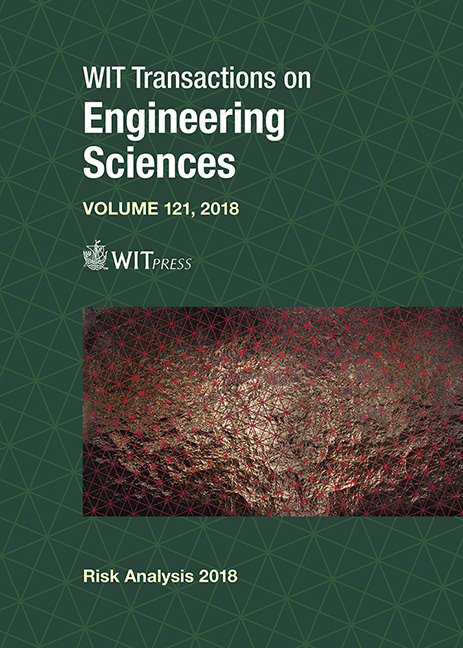A MULTI-AGENT SYSTEM APPROACH IN EVALUATING HUMAN SPATIO-TEMPORAL VULNERABILITY TO SEISMIC RISK USING SOCIAL ATTACHMENT
Price
Free (open access)
Transaction
Volume
121
Pages
12
Page Range
47 - 58
Published
2018
Paper DOI
10.2495/RISK180041
Copyright
WIT Press
Author(s)
JULIUS BAÑGATE, JULIE DUGDALE, ELISE BECK, CAROLE ADAM
Abstract
The theory of social attachment states that individuals seek the proximity of attachment figures (e.g. family members, friends, colleagues, familiar places or objects) when faced with threat. During disasters, this means that family members may seek each other before evacuating, gather personal property before heading to familiar exits and places, or follow groups/crowds, etc. This hard-wired human tendency should be considered in the assessment of risk and the formulation of disaster management plans. Doing so may result in more realistic evacuation procedures and may minimise the number of casualties and injuries. In this context, a dynamic spatio-temporal analysis of seismic risk is presented here using SOLACE, a multi-agent model of pedestrian behaviour based on the theory of social attachment applied using the Belief–Desire–Intention approach. The model focuses on the influence of human, social, physical and temporal factors on successful evacuation. Human factors considered include perception and mobility defined by age. Social factors are defined by attachment bonds, social groups, population distribution, and cultural norms. Physical factors refer to the location of the epicentre of the earthquake, the spatial distribution/layout and attributes of environmental objects such as buildings, roads, barriers (cars), placement of safe areas, evacuation routes, and the resulting debris/damage from the earthquake. Experiments tested the influence of time of the day, the presence of disabled persons and earthquake intensity. Initial results show that factors that influence arrivals in safe areas include (a) human factors (age, disability, speed), (b) pre-evacuation behaviours, (c) perception distance (social attachment, time of day), (d) social interaction during evacuation, and (e) physical and spatial aspects, such as limitations imposed by debris (damage), and the distance to safe areas. To validate the results, scenarios have to be designed with stakeholders, who would also take part in the definition of a serious game. The recommendation of this research is that both social and physical aspects must be considered when defining vulnerability in risk analysis.
Keywords
agent-based social simulation, seismic crisis, social attachment, belief–desire–intention





